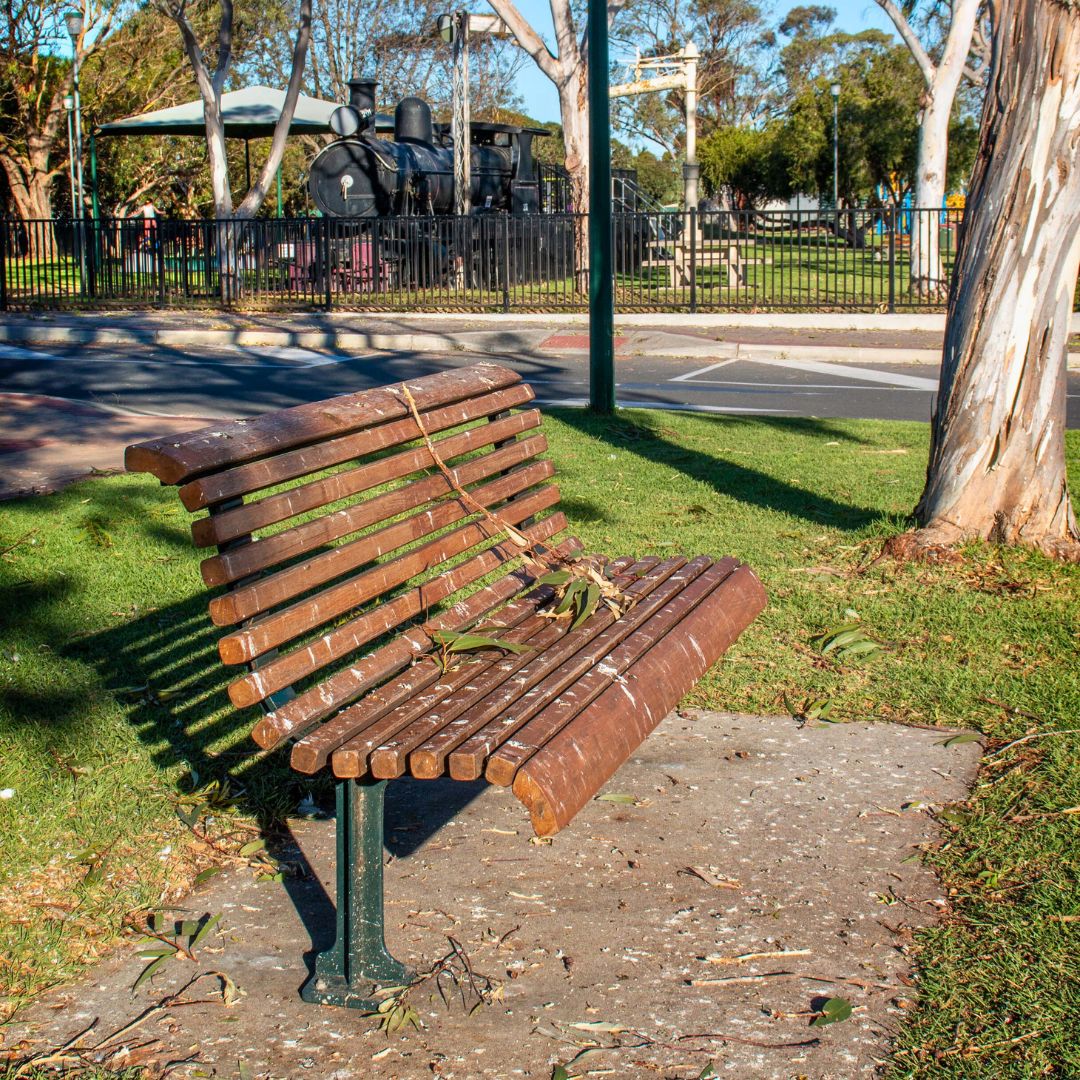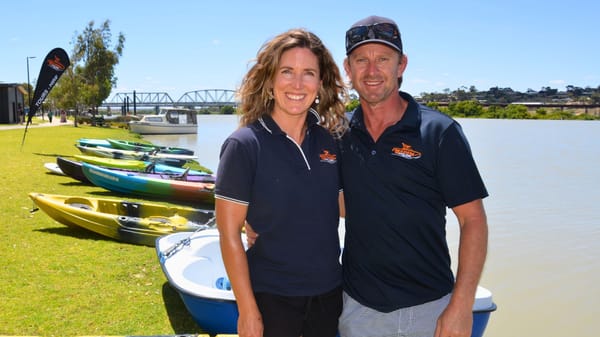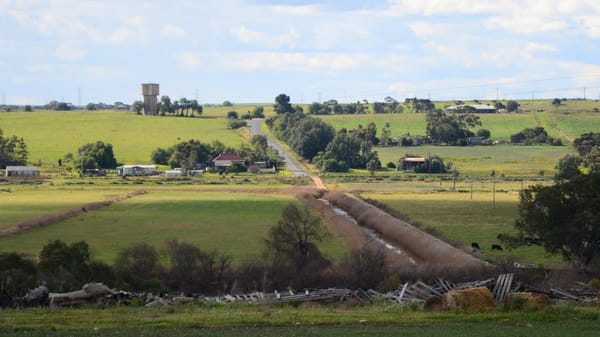Corellas versus Tailem Bend: Do they need culling, scaring or rescuing?
An influx of noisy native birds has got chins wagging at Tailem – and on Monday, one of them even kept the Country Fire Service busy.

This story is now free to read. Help us tell more stories like this by subscribing today.
Collectively, corellas have become a major nuisance in towns along the River Murray in recent years – but if you saw one in distress, what would you do?
Bystanders had to make that call on Monday morning, when one became entangled in fishing line caught in a tree next to the Tailem Bend ferry landing.
“It was dangling by a wing … hanging by a breath,” a witness told Murray Bridge News.
“Fishing lines trapped in trees are known to have killed quite a number of our feathered friends in this area.
“Thank God for the brave CFS firefighter who jumped into the river to save the drowning bird after it fell in when the fishing line was finally cut.”
Passing Tailem Bend’s iconic water tower this week, Princes Highway travellers would otherwise have thought they were witnessing a scene straight out of Alfred Hitchcock’s 1963 movie, The Birds.
Those who paid a visit to the town’s main street under a blue sky full of hundreds of noisy white corellas would have found even more noisy, curious and amusing feathered invaders – however, now they could see first-hand their more sinister side.



Corellas have left debris all over Tailem Bend's main street as they strip trees. Photos: Glenn Power.
As Murray Bridge News reported in February, the Coorong council has resorted to portable gas guns and firearms to curb the ever-growing dilemma.
Some Tailem Bend residents have taken to a friendlier approach, drumming on pots and pans to frighten off the destructive birds, while volunteers continue to clean up the mess left by the assailants in parks and community sporting grounds.
However, council CEO Bridget Mather said little corella numbers had increased “significantly” during the past week.
“The increase in little corellas has also coincided with the Easter long weekend, which has resulted in more travellers visiting and spending time in the town,” she said.
“Given the large numbers, and the corellas’ propensity to congregate in areas that are frequented by members of the public, council is working through its strategy on how to manage and minimise their impact in a safe manner.
“Safety is council’s foremost priority when undertaking any management activities.”
The council will continue to work with the Murraylands and Riverland Landscape Board and the state Department for Environment and Water to find a longer-term solution.



Some locals have resorted to banging pots to shoo the corellas away. Photos: Glenn Power.
Asked on social media what they made of the influx of corellas to the town, locals had mixed opinions.
Dennis Ackland said it was bad when people couldn’t use the seating in the main street because of all the mess they left.
David Tywoniuk said they were lovely birds, but there were too many of them: “No sooner does a farmer plant seed than they get them”.
Rachel Neumann urged locals to prioritise the health of the plants and animals that had been in the region for a longer period, such as kingfishers: “I’d prefer to see 1000 corellas culled to save one of these birds and their habitat”.
Not everyone had such ill will towards them, though.
“Love the little guys,” Wayne Richardson said.
“(I) enjoy sitting, drinking my coffee, watching and listening to them every morning.
“It beats the noise pollution humans make.”
Pamela Baxter ultimately summed up the community’s current predicament.
“I don’t think any council has it sorted out,” she said.
“Put (it) into the too hard basket.”






